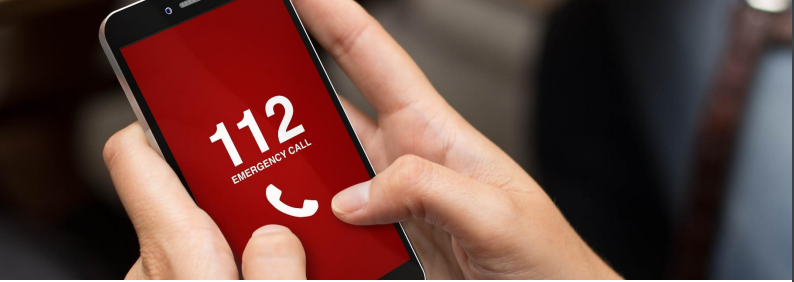Text by: Valentin Barreau – TELESPAZIO
We are in April 2020, in Göteborg, a young girl calls on behalf of her 12-year old sister who had cramps and has now difficulties to breathe. The young girl is much stressed, and she gives a non-existing address to the 112 call taker. However, thanks to the AML (Advanced Mobile Location), the call taker received the handset’s position coordinates of the caller and therefore, the call taker is able to suggest street names to the girl who is eventually able to remember the correct address. The rescue team is sent and her sister saved.

From the end of 2020, the EU has made compulsory the deployment of the AML technology (or similar technology) in all the EU countries, allowing the automatic sending of a smartphones’ positions to the emergency services when dialling 112.
Luckily, this technology was already deployed in Sweden last April.
AML is a fantastic innovation allowing crucial time savings during missions where lives are at stake, but still knows some limitations: indeed, the location coordinates may not be always enough to help the rescuers, and notably inside big buildings.
This is why the E112 service of the WAOW tool has been designed by Telespazio France to send extra information, together with the localisation of its user in distress, such as the address, the floor and the room number. It will help the rescuers to find their way very quickly in huge complex of buildings of big companies using the WAOW tool.
Other information, such as the health state of the WA user, can also be sent to the emergency services with the help of the PEMEA1 protocol so that they anticipate the preparation of the adequate medical equipment.
By integrating the PEMEA protocol, the E112 service of WorkingAge stays one step ahead by gathering as much information as possible for the emergency services and therefore helps saving more lives!
